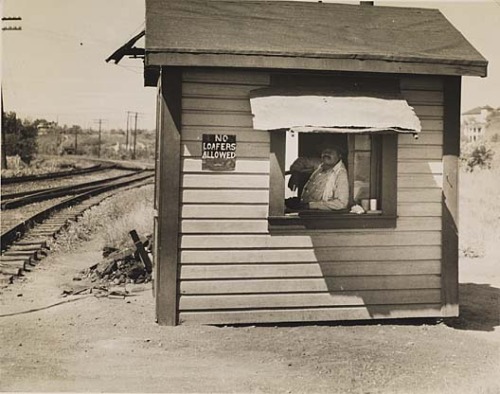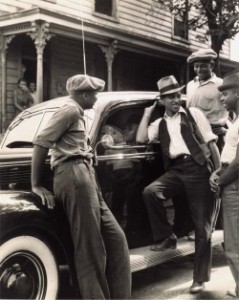
Robert McNeill died almost 10 years ago.
Obituary Washington Post:
Robert McNeill Dies at Age 87; D.C. Photographer of Black Life
By Patricia Sullivan
Washington Post Staff Writer
Sunday, May 29, 2005
Robert H. McNeill, 87, whose photographs of African American life in Washington and Virginia during the 1930s, 1940s and 1950s pushed viewers to focus on the ordinary and extraordinary lives of black Americans, died May 27 at Georgetown University Hospital of complications from diabetes.
A native Washingtonian, Mr. McNeill took up the camera as a student at Dunbar Senior High School and over the years turned his lens on the rich life around him, from portraits of hogshead barrel makers in rural Virginia to families at the National Zoo on Easter weekend to the world-famous entertainers and sports figures who swept through the District’s U Street venues and Griffith Stadium.
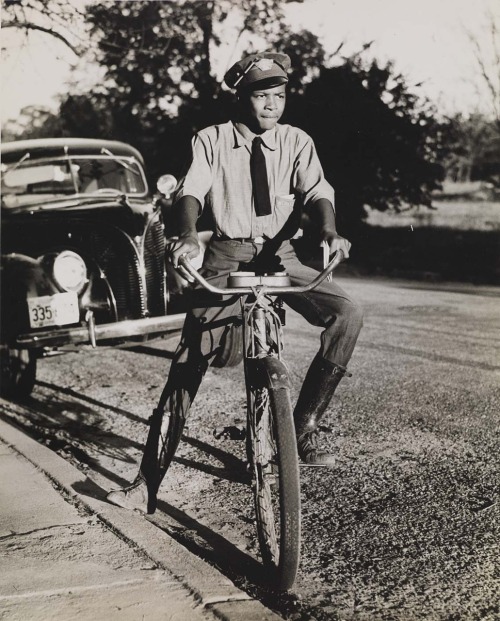 From the Negro in Virginia Project, 30’s.
From the Negro in Virginia Project, 30’s.
His work, in rich blacks, whites and shades of gray, artfully explored the segregation and racism that were part of life for African Americans in the mid-Atlantic region in mid-century. Late in life, his prints grew famous and were included in numerous national exhibitions, traveling shows and books. His work also is found on many historical markers along U Street.
Mr. McNeill “recorded worker dignity, but he also recorded annoyance, resentment, and the arrogance of petty authority,” wrote Nicholas Natanson in an article for the summer 1997 issue of Prologue, the National Archives magazine. “McNeill recorded black achievement, but he also explored interactions between black elites and black masses. . . . McNeill included his share of positive black role models, but in the process he employed inventive ways of simultaneously raising and countering negative stereotypes.”
Mr. McNeill’s first professionally published photo was of Jesse Owens on a 1936 visit to Howard University, fresh from his Berlin Olympic victories. When Mr. McNeill, then a Howard student, sold a copy of his photo to each of the five D.C. newspapers, he realized he could make a living with his camera.
He moved to New York to study photography and graduated from the New York Institute of Photography in 1938. He became a photographer on a Works Progress Administration project and was assigned to travel throughout Virginia for “Virginia: A Guide to the Old Dominion” and “The Negro in Virginia,” both published in 1940.
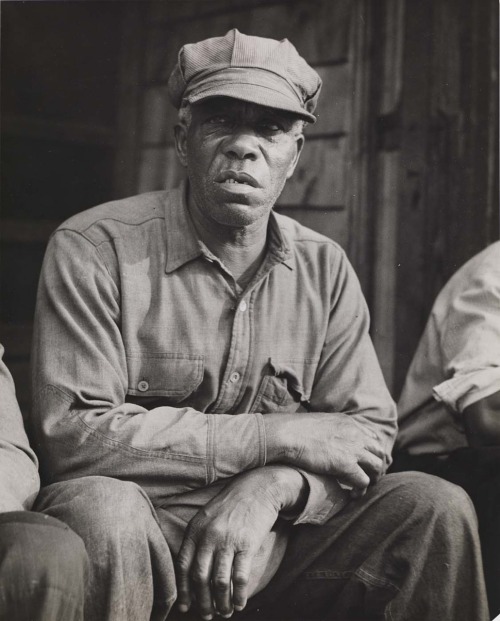 From The Negro in Virginia Project, 30’s.
From The Negro in Virginia Project, 30’s.
He didn’t have much film for the three-week journey and made only 160 images with his Speed Graphic. He also shot a couple of 35mm rolls of film with a borrowed Leica camera. He didn’t have much encouragement in the job, either; crab-pickers and string-bean pickers were “not proud of what they were doing,” he said. “It didn’t matter that I was a black photographer. They didn’t want their picture taken by anyone.”
He was driving through the small coal town of Pocahontas in a black Ford coupe with “USA” on the license plate. A sheriff “with a long gun going practically to his knee,” Mr. McNeill said, stopped him and hauled him in for questioning. He wasn’t arrested, but “they never did let me photograph in the mines. Only the show mine.”
In Richmond’s dangerous Sophie’s Alley, he photographed a meditative group of card players “in a way that seemed to define ‘slum’ alley space as much by the active consciousness of the residents as by physical degradation,” Natanson wrote.
Back from Virginia, he set up a studio in his father’s basement in the 1400 block of T Street NW, and later in his own business at 13th and U streets. He specialized in photos of such celebrities as boxer Joe Louis and singers Marian Anderson and Ella Fitzgerald.
Forced by circumstances to be inventive, he shot one of his most famous photos, of dancer Bill “Bojangles” Robinson, from the wings of the Earl Theater (now the Warner) because black patrons were barred from the front-row seats.
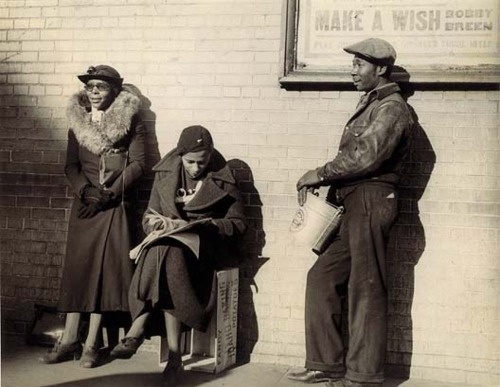 Make a Wish, 1938.
Make a Wish, 1938.
During World War II, he served in the Army Signal Corps, including a tour on Guadalcanal. When he returned to Washington, he resumed his business and was commissioned by the United Negro College Fund to compile more than 250 photographs documenting the efforts of 11 of its member colleges to establish veterans educational programs.
He closed his business in 1950 to become a photographer at the Naval Gun Factory and worked at the Pentagon and the Naval Ordnance Laboratory before beginning a career at the Department of State in 1956. He took the official photographs of three secretaries of state: Dean Rusk, Henry Kissinger and Cyrus Vance. In 1978, Mr. McNeill retired as chief of the State Department’s photography branch.
In retirement, Mr. McNeill saw his work revived in many exhibits and in local, national and international television documentaries. It has appeared in three Smithsonian Institution museums: the Anacostia Museum, the National Museum of American Art and the Anacostia Museum’s Center for African American History and Culture.
From the Negro in Virginia Project, 30’s.
His marriage to Lula Logan McNeill ended in divorce. He was preceded in death by his second and third wives, Bertie Robinson McNeill and LaVerne Saunders McNeill.
Survivors include two children from his first marriage, retired Air Force Col. Susan P. McNeill of Leonardtown and Robert McNeill Jr. of Yucaipa, Calif.
© 2005 The Washington Post Company
Copyright photos: Estate Robert McNeill

